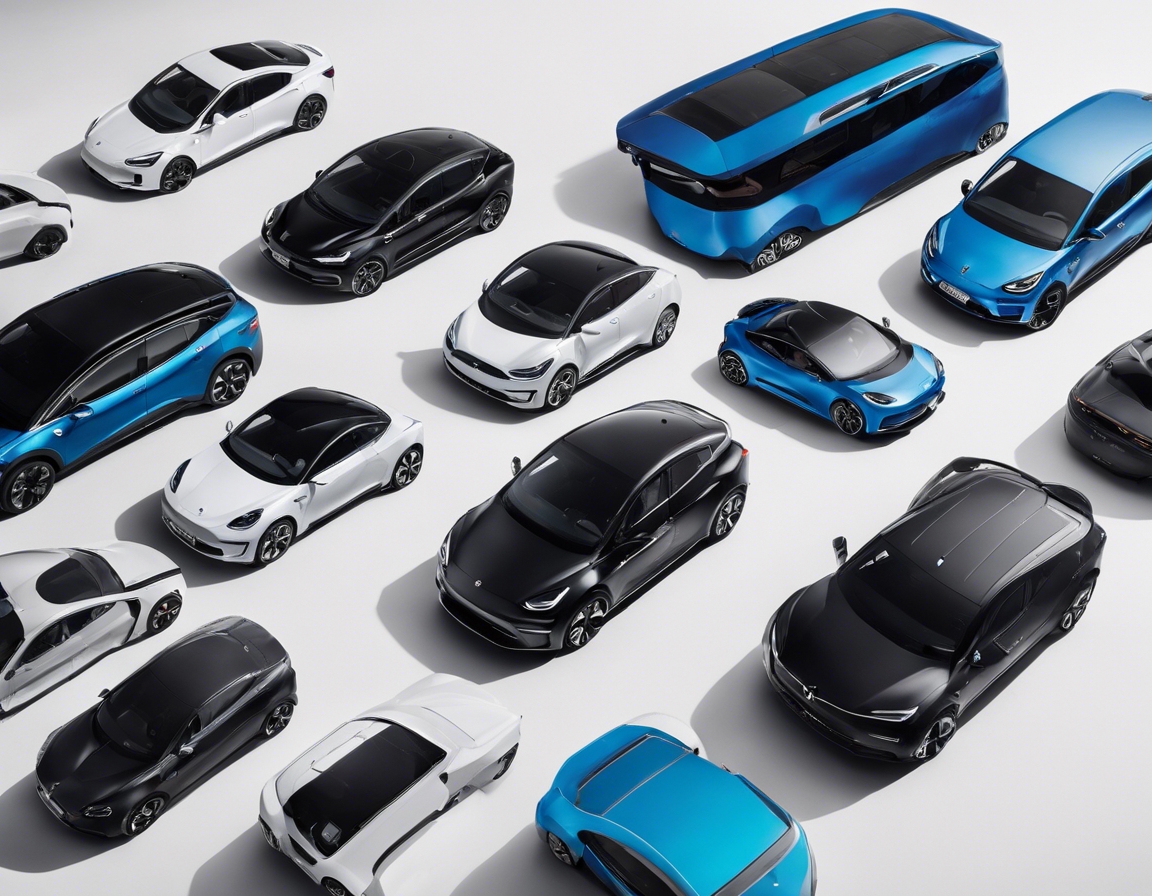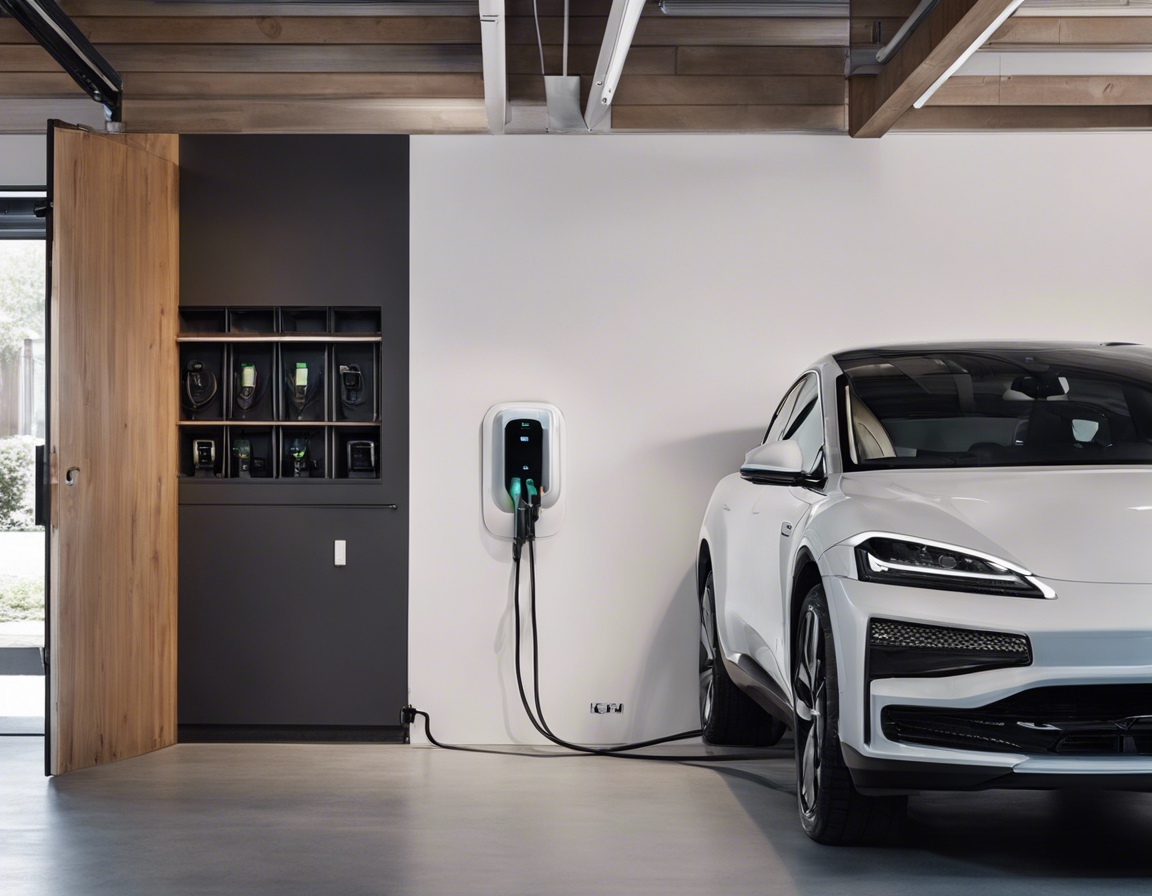Maximizing efficiency with smart charging
Smart charging refers to the use of advanced technology to manage the charging process of electric vehicles (EVs) in a way that is both efficient and convenient for the user. It involves communication between the EV, the charging station, and sometimes the power grid, to optimize charging based on various factors such as electricity rates, grid demand, and user preferences.
As the adoption of electric vehicles continues to grow, the need for efficient charging solutions becomes increasingly critical. Efficient charging not only benefits the individual EV owner by saving time and money but also supports the broader goal of reducing carbon emissions and promoting sustainable energy use.
The Mechanics of Smart Charging
Smart charging systems utilize real-time data and advanced algorithms to determine the best time and rate to charge an EV. This can involve delaying the start of charging to off-peak hours when electricity is cheaper and demand on the grid is lower, or modulating the charging rate to prevent overloading the local power infrastructure.
Key components of smart charging systems include hardware such as EV chargers with communication capabilities, software for data analysis and user interface, and connectivity solutions that link chargers with the grid and end-user devices.
Benefits of Smart Charging for Electric Vehicles
Smart charging helps to optimize energy consumption by ensuring that EVs are charged during times when renewable energy production is high or when overall demand on the grid is low, thus contributing to a more balanced and sustainable energy system.
By charging during off-peak hours, EV owners can take advantage of lower electricity rates, significantly reducing the cost of charging over time.
Smart charging can also contribute to longer battery life by preventing overcharging and managing the charging rate to suit the battery's needs, which can prolong its overall lifespan.
Smart charging plays a crucial role in grid stability by reducing peak demand and allowing for better integration of renewable energy sources, which is essential as the number of EVs on the road increases.
Smart Charging Features and Capabilities
Many smart charging systems offer real-time monitoring and control features, allowing users to track their charging progress, adjust schedules, and manage settings remotely through mobile apps or web interfaces.
Dynamic load balancing is a feature that distributes power efficiently among multiple EVs charging simultaneously, ensuring that each vehicle gets the optimal charge without overloading the system.
Smart charging solutions can be integrated with renewable energy sources like solar or wind power, allowing EV owners to charge their vehicles using clean, green energy.
The success of smart charging technology also hinges on user-friendly interfaces and apps that make it easy for consumers to manage their charging experience and preferences.
Choosing the Right Smart Charging Solution
When selecting a smart charging solution, it's important to assess your specific needs, including the type of EV, charging speed requirements, and the availability of charging infrastructure.
There are various smart charging options available on the market, each with its own set of features and benefits. Comparing these options can help you find the best fit for your lifestyle and charging habits.
Installation and maintenance are also important factors to consider when choosing a smart charging system. It's essential to work with a reputable provider that offers comprehensive support and services.
Future of Smart Charging
The future of smart charging is bright, with ongoing advancements in technology that promise even greater efficiency, convenience, and integration with smart home systems and the Internet of Things (IoT).
As the EV ecosystem continues to evolve, smart charging will play an increasingly important role in ensuring that the infrastructure can support the growing number of electric vehicles, while also contributing to a more sustainable and resilient power grid.






Comments (0)